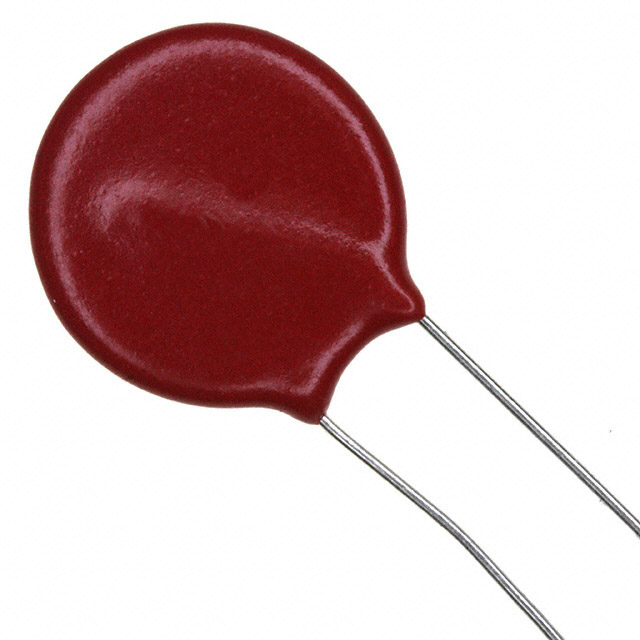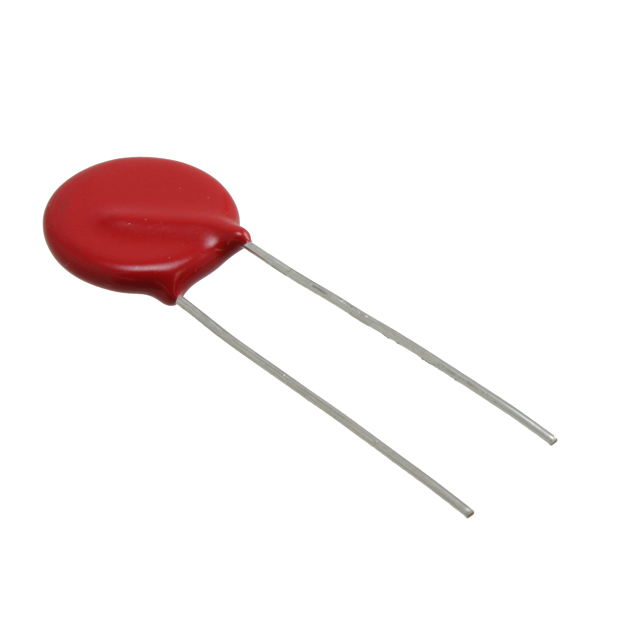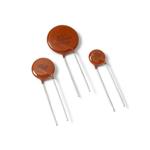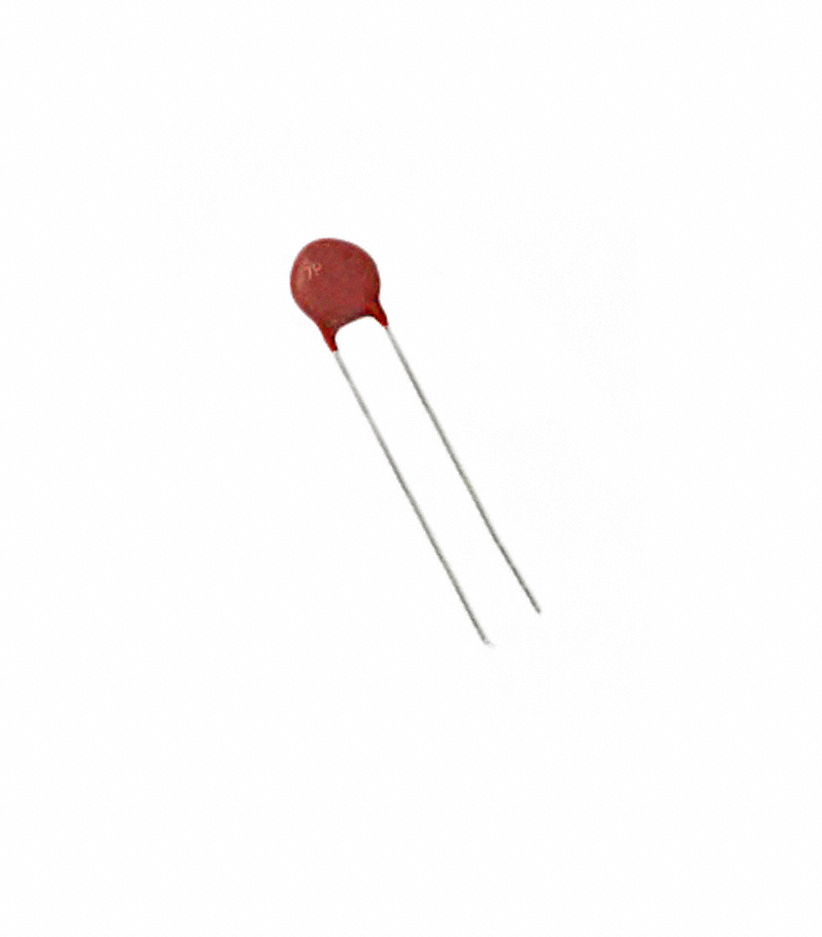
CR1620 Battery Equivalent: A Complete Guide
Global electronic component supplier ERSAELECTRONICS: Rich inventory for one-stop shopping. Inquire easily, and receive fast, customized solutions and quotes.
What is the CR1620 Battery?
The CR1620 is a non-rechargeable lithium button/coin cell battery commonly used in various electronic devices, including those with complex circuit board components. With a diameter of 16.0 mm and a height of 2.0 mm, it provides a nominal voltage of 3.0 volts and a capacity between 65-80 mAh, depending on factors like age and discharge rate. Known for its low self-discharge rate of 1-2% per year, premium models can achieve even less.
.jpg?x-oss-process=image/auto-orient,1/quality,q_70/format,webp)
The CR1620 is typically found in applications such as car keys, digital watches, remote controls, CMOS/motherboard batteries, and medical devices like glucometers. It is often compared to similar batteries like the CR1616 (smaller capacity), BR1620 (lower capacity and drain current), LiR1620 (rechargeable with higher voltage but lower capacity), and ML1620 (rechargeable but less commonly used). Its advantages include high energy density, stable voltage over time, and excellent leakage resistance, making it a reliable choice for long-term use in various devices.
Interested in how battery selection impacts ADC performance? Explore our ADC guide tailored for low-power applications.
CR1620 Battery Features
The CR1620 battery is a popular lithium coin cell known for its compact size and reliable performance. Here are the key features of the CR1620 battery:
Voltage: The CR1620 operates at a nominal voltage of 3.0 volts, making it suitable for various electronic devices that require a stable power supply.
Capacity: It typically has a capacity ranging from 65 mAh to 81 mAh, depending on the manufacturer and specific model, allowing for extended use in devices.
Dimensions: The battery measures 16 mm in diameter and 2 mm in height, which is standard for this type of coin cell battery.
Weight: The weight is approximately 1.3 grams, making it lightweight and easy to handle.
Operating Temperature: The CR1620 can function effectively in a wide temperature range, typically from -30°C to 60°C, which enhances its versatility in various environments.
Self-discharge Rate: It has a low self-discharge rate of about 1% per year, allowing for a long shelf life—up to 10 years when stored properly.
Leakage Resistance: This battery features excellent leakage resistance due to advanced construction and electrolyte technology, ensuring reliability over time.
Applications: Commonly used in devices such as watches, calculators, remote controls, key fobs, and medical devices, the CR1620 is favored for its high energy density and stable voltage characteristics.
Safety Standards: The CR1620 battery complies with safety regulations, including UL approval and RoHS directives, ensuring it is free from hazardous materials like mercury and cadmium.
CR1620 Battery Dimensions

CR1620 Battery Specifications
The CR1620 battery is a widely used lithium coin cell battery known for its compact size and reliable performance. Here are the detailed specifications:
| Feature | Specification |
| Type | Lithium Manganese Dioxide (Li/MnO2) |
| Nominal Voltage | 3.0 Volts |
| Nominal Capacity | 70-81 mAh (varies by manufacturer) |
| Dimensions | 16 mm diameter x 2 mm height |
| Weight | Approximately 1.3 grams |
| Operating Temperature | -30°C to 60°C |
| Self-Discharge Rate | ~1% per year |
| Shelf Life | Up to 10 years |
| Max Continuous Load | Typically around 30 kΩ |
| Instant Short-Circuit Current | Up to 200 mA |
| Energy Density | Approximately 164 mWh/g |
CR1620 Battery Applications
The CR1620 battery is a versatile lithium coin cell commonly used in a variety of electronic devices due to its compact size and reliable performance. Here are the primary applications of the CR1620 battery:
Watches: Widely used in digital watches and timepieces, providing long-lasting power.
Remote Controls: Commonly found in remote controls for televisions, garage doors, and other electronic devices.
Key Fobs: These are used in car keyless entry systems and remote key fobs for convenience and security.
Calculators: Powers handheld calculators, ensuring consistent operation over time.
Toys: Utilized in various electronic toys and games that require small batteries.
Medical Devices: Found in medical equipment such as glucometers, heart rate monitors, and other portable health devices, many of which integrate specialized circuit board components for precise performance.
Cameras: These are used in some digital cameras and photographic equipment for memory backup and clock functions.
Fitness Trackers: Powers fitness devices and smartwatches, providing energy-efficient performance.
Home Security Systems: These are common in alarm systems and motion detectors for reliable operation.
LED Flashlights: Used in compact LED flashlights for portable lighting solutions.
🔧 Planning to Use ICs with CR1620?
Explore real-world IC selection strategies tailored for CR1620-powered devices — including watches, key fobs, medical monitors, and more.
Need to choose the right battery for your ADC circuits? Check our guide on ADC battery solutions.
View Full IC Selection Guide →CR1620 Battery Equivalent
| Battery Model | Type | Voltage (Nominal) | Capacity | Applications |
| CR1620 | Non-rechargeable Lithium Coin | 3.0V | 65-80 mAh | Watches, key fobs, medical devices, small electronics |
| DL1620 | Duracell Lithium Coin Battery | 3.0V | 70 mAh | Watches, key fobs, medical devices |
| ECR1620 | Energizer Lithium Coin Battery | 3.0V | 70 mAh | Calculators, small electronics, security devices |
| BR1620 | Panasonic Lithium Coin (Poly-carbon monofluoride) | 3.0V | 55 mAh | Industrial applications, high-temperature environments |
| 5009LC | General Lithium Coin Equivalent | 3.0V | Similar to CR1620 | Small Electronics |
| L08 | Common Lithium Coin Equivalent | 3.0V | Similar to CR1620 | Remote controls, medical devices |
| KCR1620 | Kodak Lithium Coin Battery | 3.0V | 70 mAh | Cameras, key fobs |
| ML1620 | Rechargeable Lithium Manganese Dioxide | 3.0V | Lower than CR1620 | Can replace CR1620, but has a higher self-discharge rate |
| LiR1620 | Rechargeable Lithium Battery | 3.6-3.7V | Lower than CR1620 | Rarely used in devices designed for CR1620 due to different voltage |
The CR1620 battery has several equivalent models that can be used in place of it, with most alternatives offering a similar nominal voltage (3.0V) and comparable capacities (around 70 mAh). Some of the most recognized equivalents include the DL1620, ECR1620, and KCR1620, which are suitable for applications such as watches, key fobs, and medical devices. For industrial uses or high-temperature environments, the BR1620 is an ideal choice due to its unique composition. Rechargeable alternatives, like the ML1620 and LiR1620, provide different voltage characteristics and capacities, and while they can replace CR1620 in certain scenarios, they are not as commonly used due to these differences. It's important to verify the compatibility of the equivalent battery based on voltage, dimensions, and capacity to ensure the proper functioning of the device.
Advantages of Using CR1620 Battery
The CR1620 battery offers several advantages that make it a preferred choice for powering various electronic devices. Here are the key benefits:

High Voltage and Energy Density: Operating at 3.0 volts, the CR1620 provides nearly double the voltage of standard alkaline batteries, allowing devices to function more efficiently with fewer batteries, which saves space and reduces weight.
Stable Discharge Characteristics: The battery maintains a stable voltage throughout its discharge cycle, significantly enhancing the reliability of devices. This stability ensures that devices powered by CR1620 batteries require minimal maintenance and infrequent battery replacements.
Low Self-Discharge Rate: With an annual self-discharge rate of less than 1%, the CR1620 battery can retain its charge for up to 10 years when stored properly. This long shelf life is particularly beneficial for devices that are not used frequently.
Superior Leakage Resistance: The advanced construction and electrolyte formulation of the CR1620 provides excellent resistance to leakage, ensuring that the battery and any circuit board components it powers remain safe and effective over time.
Wide Operating Temperature Range: The CR1620 can operate effectively in temperatures ranging from -30°C to 60°C, making it suitable for use in various environments, including extreme conditions.
Lightweight Design: Weighing approximately 1.3 grams, the CR1620 is lightweight, making it ideal for portable electronics where weight is a consideration.
RoHS Compliant and Non-Toxic: The CR1620 battery is free from hazardous materials such as mercury and cadmium, complying with environmental regulations like RoHS. This makes it a safer choice for consumers and the environment.
To optimize battery performance in ADC circuits, it’s crucial to ensure stable power. Learn more in our ADC guide for low-power solutions.
Discharge Characteristics of CR1620 Battery

How Long Does A CR1620 Battery Last?
The CR1620 battery typically lasts between 7 to 10 years. This lifespan is influenced by factors such as the device's power requirements and usage patterns. When used in low-drain devices, like watches and remote controls, the battery can maintain its charge effectively over this period, making it an excellent choice for applications that require reliable, long-lasting power. Additionally, the CR1620 has a shelf life of up to 10 years when stored properly, ensuring it remains functional even after extended periods of inactivity.
Is a CR1616 Battery the Same as a CR1620?
| Feature | CR1616 Battery | CR1620 Battery |
| Type | Non-rechargeable lithium coin cell | Non-rechargeable lithium coin cell |
| Nominal Voltage | 3.0V | 3.0V |
| Dimensions (Diameter x Height) | 16.0 mm x 1.6 mm | 16.0 mm x 2.0 mm |
| Capacity | Typically 50-55 mAh | Typically 65-80 mAh |
| Self-discharge Rate | Low, around 1-2% per year | Low, around 1-2% per year |
| Applications | Small electronics, watches, calculators, toys, key fobs | Car keys, digital watches, remote controls, medical devices |
| Comparative Advantages | Smaller and thinner, suitable for slim devices | Longer-lasting, higher capacity for more demanding applications |
| Disadvantages | Shorter battery life due to lower capacity | Slightly thicker, and may not fit in some devices designed for CR1616 |
| Equivalent Models | DL1616, ECR1616, KCR1616 | DL1620, ECR1620, KCR1620, BR1620 |
The CR1616 and CR1620 are both non-rechargeable lithium coin cell batteries with the same nominal voltage of 3.0V, but they differ in size and capacity. The CR1616 is slightly thinner (1.6 mm in height) and has a lower capacity (50-55 mAh) compared to the CR1620, which is 2.0 mm in height and typically offers a capacity of 65-80 mAh. As a result, the CR1620 provides a longer lifespan, making it more suitable for devices that require more power. However, the CR1616's smaller size makes it ideal for slimmer devices. When replacing one with the other, compatibility in terms of size is a key consideration.
Maximize your ADC device's performance and battery life with our expert tips. Check out the ADC selection guide.
Related Articles
- ·ICD Electronics: Tiny Lightning, Relentless Reliability
- ·Smart Pill Dispensing Electronics: From Missed Doses to Mission Control
- ·Conditional Access Module (CAM): The Pay-TV Gatekeeper Engineers Actually Enjoy Reading About
- ·NC Formula Semiconductor: The Blockbuster Guide You Didn’t Know You Needed
- ·Electrosurgery Electronics: Turning RF Into a Surgical Superpower
- ·Endoscopic Imaging Electronics: Tiny Optics, Big Picture
- ·Instrument Cluster: The Dashboard Wizard That Makes You Feel Like Iron Man
- ·X-ray & CT Electronics: From Kilovolts to Reconstruction
- ·MRI Core Electronics: From Quench to K-Space
- ·OKL Series PoL DC/DC Converters: The Bite-Size Power Bricks That Keep Your Board Cinematic

















.png?x-oss-process=image/format,webp/resize,h_32)










